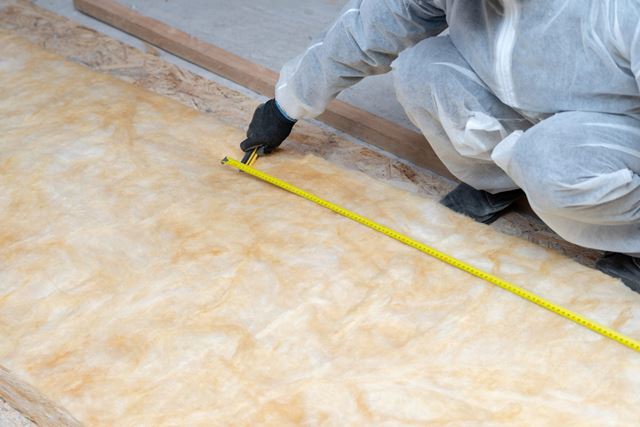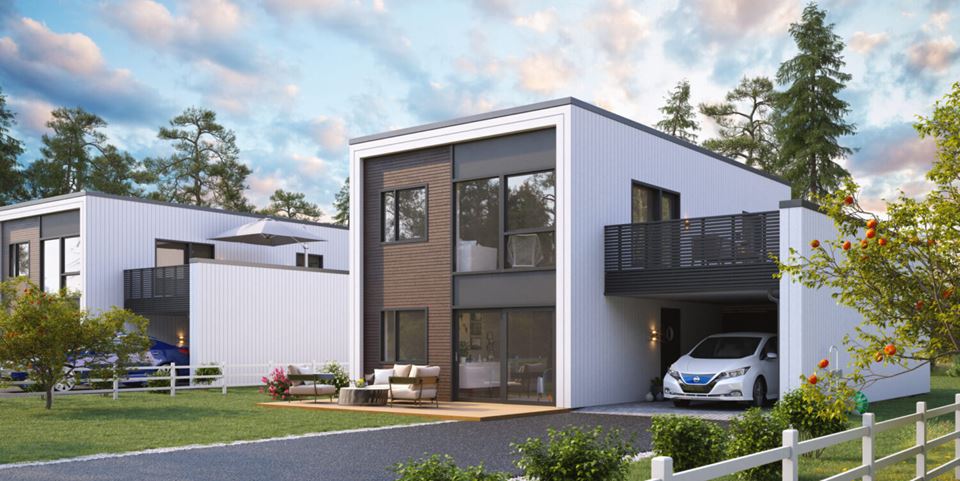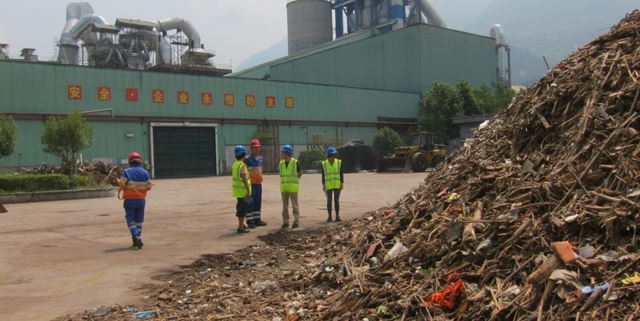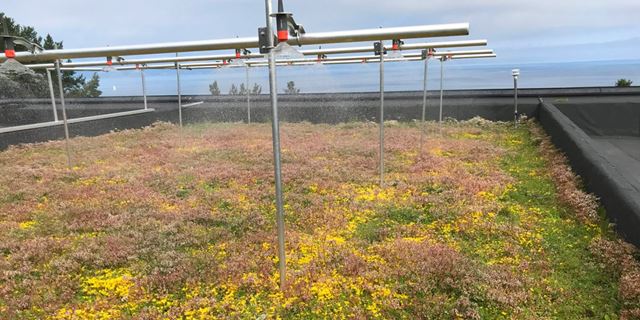What is the ideal thickness of building insulation now that our energy is getting greener and the climate warmer? A team made up of researchers from SINTEF, NTNU and the Technical University of Denmark (DTU) have been doing some calculations, and have come up with a clear conclusion.
“Now that the thickness requirements for thermal insulation in new buildings have become quite stringent, the growth in insulation production is creating a major climate footprint. However, our energy supplies are becoming greener and the climate is getting warmer. This means that it won’t necessarily be financially beneficial in the future to install such thick insulation.” So says Jørn Emil Gaarder, who is a Research Scientist at SINTEF.
Focus on the ‘total footprint’
As part of the project Klima 2050 (Climate 2050), a research team has been calculating optimal insulation thickness with a view to a building’s total climate footprint.
“However, it isn’t so easy to give a definitive answer because there are so many factors involved” says Gaarder. “Among these are how green the energy we use for heating is”, he says.
In Norway, energy supplies are already ‘quite green’ (non-hydrocarbon based) and this situation is being reinforced by the increased use by more and more households of locally-generated solar energy for heating.
“As the starting point for our calculations we’ve taken statistics from 2019 on energy consumption in Norwegian homes and applied these to a standard 130-square metre design from house builders Norgeshus”, says Gaarder. “This year, about ten percent of our electricity was imported from the EU, which still operates with many coal-fired power stations. These are currently being phased out and replaced by wind and solar power. And in a few years’ time, energy supplies will also be greener in the EU, so this must also be taken into account. After all, most houses have lifetimes extending over many decades”, he says.
Thick insulation recommended – at least for the time being
Another factor is climate change, so the researchers compared historical climate statistics for the period 1961 to 1990 with future prognoses for the period 2071 to 2100.
“If we assume using glass wool for thermal insulation, the optimal insulation thickness in the future scenario will be between five and ten centimetres thinner than in the historical case”, says Gaarder. “However, the Norwegian climate is very cold, so that even for an extreme emissions scenario, we found that the most sensible wall thickness for a house will be in the region of between 25 and 30 centimetres in the year 2070”, he says.

New research is demonstrating that the principle of ‘less is more’ will continue to be the watchword when it comes to thermal insulation. Stock photo: iStock/ brizmaker
Since Norway’s energy surplus can be exported to Europe, the cold Norwegian climate will require that homes are installed with thermal insulation that is as thick as possible – at least for the time being. However, according to the research team, if energy supplies in Europe become as green as they are in Norway, the conclusion will be different.
Don’t forget the footprint of the building materials
Gaarder believes that the building sector has been operating with a far too narrow focus on reductions in energy consumption.
“Now that our energy supplies are gradually becoming greener, and the climate warmer, it’s also important to examine materials use”, says Gaarder. “As energy becomes greener, emissions linked to the production of building materials will have an increasingly greater influence on a building’s total climate footprint”, he says.
Gaarder believes that changes must be made to existing building regulations.
“Our Norwegian statutory building regulations are normally revised about every five years”, he says. “During the last twenty years, regulatory focus has been directed at reductions in energy consumption. With each revision, thermal insulation requirements have become more stringent without any consideration of the emissions generated by materials production”, says Gaarder.
But this has now been changed. In the most recent revision, requirements for the preparation of greenhouse gas (GHG) accounting linked to the materials used to build homes and industrial buildings have been included. At present, however, no requirements have been stipulated regarding the volumes of emissions that will be permitted. According to Gaarder, this aspect of GHG accounting should be the object of greater attention in the future.
Complicated calculations
Gaarder is currently working on a doctorate project that will be examining the uncertainties linked to calculations involving future scenarios.
“It’s important that we reach our conclusions on the basis of a sound foundation, so we need to develop methods that bring all our uncertainties into the open”, he says.
Examples of uncertainty parameters include preferred indoor temperatures, climate change, future emissions linked to materials production and energy consumption.
“There are so many factors that have large uncertainties attached to them”, says Gaarder. “We’ll never obtain really definitive answers using calculations that involve scenarios that extend for up to a hundred years into the future. That’s why it’s important to be fully aware of the assumptions we use and what happens when we change them”, he says.




